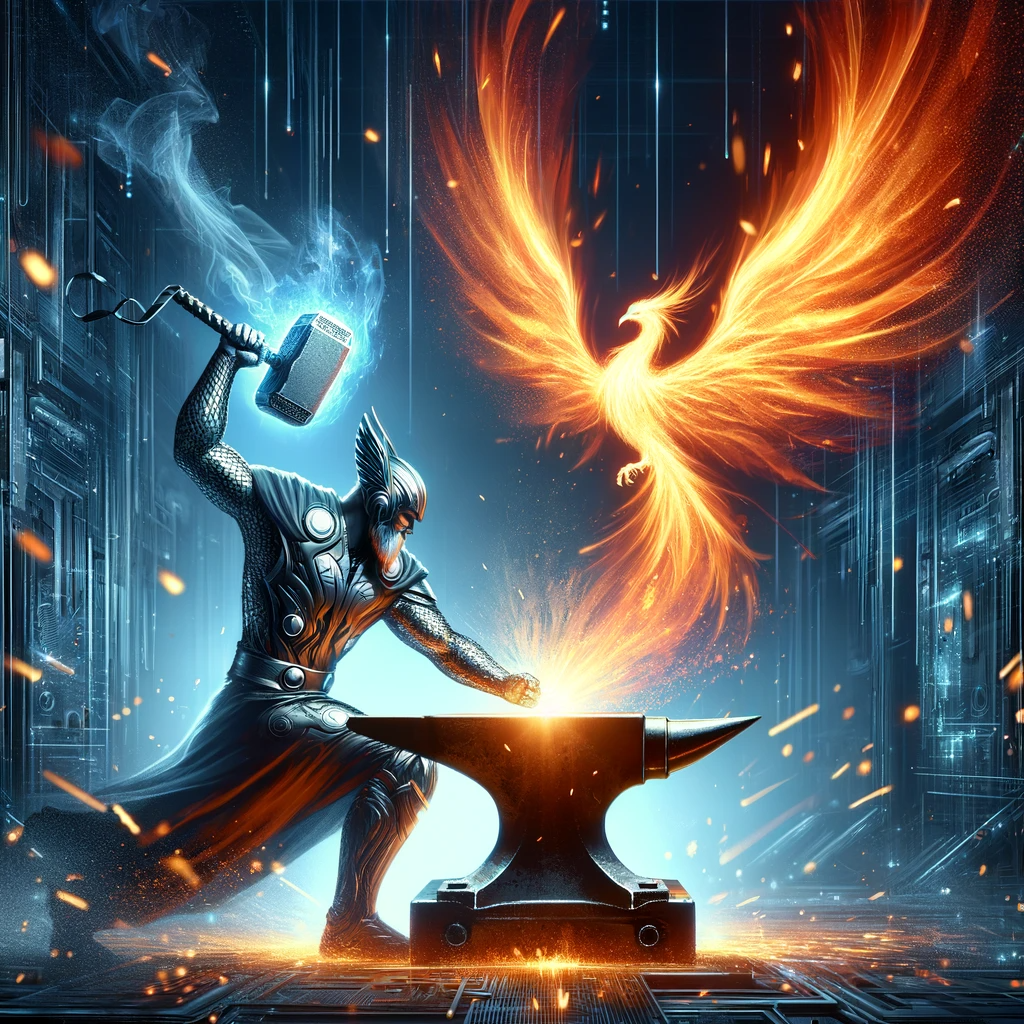by Mason A Edwards
Editor’s Note:I am proud to present a special feature on our blog today: an insightful post penned by my son, Mason Edwards. This article was originally crafted as part of his application to the University of Chicago. When Mason asked me to proofread his work, I was deeply moved by the depth of his understanding and the clarity of his thoughts on the concept of Creative Destruction in business.
Like pencils and erasers, Creative Destruction serves to write, rewrite, and discard old and new ideas. The term Creative Destruction was first introduced by a well-known economist, Joseph Schumpeter. The term describes a mechanism of technological change that leads to the replacement of outdated and current economic structures. Although Creation and Destruction are seemingly opposing forces, they are the drivers of innovation. The interplay is the catalyst for continuous improvement and the very nature of business evolution.
Creative Destruction as it applies to business accounts for new technology, but it also highlights reconsidering, replacing, or removing existing ideas to make space for innovation. Progress is only found when there is a disruption of traditional industry, which benefits evolution in business landscapes. By disrupting existing norms, industries are forced to renew ideas.Therefore, companies are pushed to compete for the longevity of their product in the face of ever changing consumer preferences.
Successful companies underline this commitment. Business development relies on the creation and execution of new ideas; however, the development of industries and products is also coupled with undoing old ideas. For instance, Youtube’s platform, not only showcases technological superiority but demonstrates the significance of redefining user experience.
Many times, the importance of “destruction” can be underestimated by companies. Businesses old and new have fallen victim to not being able to adapt to changing environments. A company that perfectly fits the mold is Toys “R” Us. The often cited case study, Toys “R” Us failed to see the future in online shopping. So, they fell behind , struggling to innovate its business model towards the up and coming digital world. By contrast, Amazon emerged on the scene as a retailer willing to own no inventory, leaving the complexity of floating stock to their merchants. Similarly, YouTube emerged as a content provider seeking to create and own no content, upending the age old model where networks assumed the capital intensive burden of developing content for their viewers. Further, YouTube’s organic model of sourcing relevant content inherently solidifies their relevance, with content automatically shifting to match the preferences of their viewers. It is important not only to create new ideas but also to discard those that are not able to adapt to the changing world.
As markets change, businesses also have to change or competition takes advantage of their staticness. This proactive approach to shedding outdated practices fuels the engine of progress, ensuring that a business remains dynamic and resilient amidst ever-evolving markets and competition. Drawing from Joseph Schumpeter, how do you envision your role in this dynamic landscape? How will you become an architect of change rather than a passive spectator, shaping your course of growth through embracing creative destruction?





